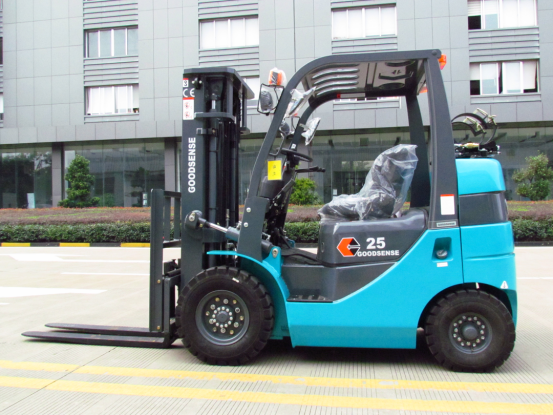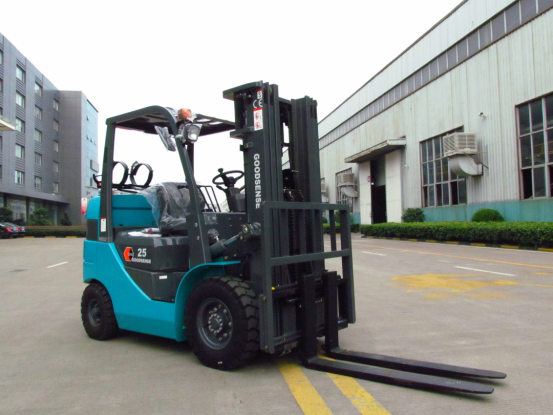One: the types of commonly used batteries in UPS, the factors affecting battery life, the advantages and disadvantages of different types of batteries:
There are three types of batteries in UPS applications: open liquid lead-acid batteries, maintenance-free batteries, and nickel-chromium batteries. The batteries provided by UPS manufacturers are generally maintenance-free batteries. The following three types of batteries are mainly introduced with maintenance-free batteries:
1: Open liquid lead-acid batteries: These batteries can be divided into 8-10 years by structure and 15-20 years of life. Since this battery sulfuric acid electrolysis produces corrosive gases, such batteries must be installed in a room that is ventilated and away from precision electronic equipment, and the battery room should be lined with anti-corrosion tiles.
Due to evaporation, the open battery needs to measure the specific gravity regularly, adding acid and adding water. This battery can withstand high temperature and high pressure and deep discharge. The battery room should be non-smoking and open battery racks.
This battery cannot be transported after being charged, so it must be 55-90 hours after initial charging. The normal voltage per section is 2V, and the initial charging voltage is 2.6-2.7v.
2: Maintenance-free battery: Also known as valve-regulated sealed lead-acid battery , the following principles should be followed in use and maintenance:
a: The allowable operating range of the sealed battery is 15 degrees - 50 degrees, but the use within 5 degrees - 35 degrees can extend battery life. The battery chemistry will change below minus 15 degrees and will not charge. Use in the range of 20 degrees to 25 degrees will achieve the highest life. The battery will achieve long life but low capacity when operating at low temperature, and will achieve higher capacity but short life at high temperature.
b: The relationship between battery life and temperature can be referred to the following rules. After the temperature exceeds 25 degrees Celsius, the battery life will be reduced by half for every 8.3 degrees.
c: Maintenance-free battery design float voltage is 2.3V / knot. The 12V battery is 13.8V. CSB recommends 2.25-2.3V per section. In the case of 120 cells in series, after the temperature is higher than 25 degrees Celsius, the float voltage should be lowered by 3 MV for each degree of temperature increase. The same temperature should be raised by 3 MV for each voltage increase to avoid undercharge. The discharge termination voltage is 1.67V per section at full load (<30 minutes). At low discharge rate (small current for a long time discharge) to rise to 1.7V-1.8V per section, APC SYMMETRA can adjust the charging voltage according to the load.
d: The battery is not recharged within 72 hours after the end of discharge. Sulfate will adhere to the plate for insulation charging and damage the battery.
e: When the battery is floated or evenly charged, the gas generated inside the battery is electrolyzed into water on the negative plate, thereby maintaining the capacity of the battery without adding water. However, corrosion of the battery plates will reduce battery capacity.
f: Battery separator life is only 5-6 months at an ambient temperature of 30-40 degrees. The battery stored for a long time must be charged once every 6 months. The battery must be stored in a dry, cool environment. The self-discharge rate of the maintenance-free battery in a 20 degree environment is 3-4% per month and varies with temperature.
g: Maintenance-free batteries are equipped with safety valves. When the internal air pressure of the battery rises to a certain level, the safety valve can automatically remove excess gas, and the safety valve will automatically recover when the internal air pressure is restored.
h: The cycle life of the battery (the number of charge and discharge cycles) depends on the discharge rate, the depth of discharge, and the manner of restorative charging, the most important of which is the depth of discharge. When the discharge rate and time are constant, the shallower the discharge depth, the longer the battery cycle life. The maintenance-free battery has a cycle life of approximately 200 cycles at 25 degrees 100% deep discharge.
i: When the battery reaches the end of its life, it shows capacity attenuation, internal short circuit, deformation of the casing, corrosion of the plates, and reduction of the open circuit voltage.
j: IEEE defines the end of battery life to be 80% of the capacity shortage nominal capacity AH. The non-linear relationship between the nominal capacity and the actual backup time, the capacity reduction of 20% corresponding to the backup time will be much reduced. Some UPS manufacturers define the end of life of the battery as the capacity drops to 50-60% of the nominal capacity.
k: It is absolutely forbidden to mix batteries of different capacities and different manufacturers, otherwise the battery life will be reduced.
l: If two groups of batteries are used in parallel, the battery connection should be guaranteed and the bus bar impedance should be the same.
m: Maintenance-free battery means that it is not necessary to add liquid, but it is still necessary to check the casing regularly for cracks and electrolyte leakage.
3: Nickel-chromium battery: This type of battery is different from the lead-acid battery. It generates hydrogen and oxygen during electrolysis without corrosive gas, so it can be installed next to the electronic device. And the consumption of water is very small, and generally no maintenance is required. The normal life span is 20-25 years. Far more expensive than the batteries mentioned earlier. The initial installation costs about three times that of a lead-acid battery. It does not affect battery life due to high ambient temperature, nor does it affect battery capacity due to low ambient temperature. Generally, the voltage per section is 1.2V. UPS needs to design a higher charger voltage for applying such batteries.
Two: advantages and disadvantages
1 open lead acid battery:
Advantages: less investment, longer life than maintenance-free batteries, and lower temperature requirements.
Disadvantages: Maintenance is more complicated, requires special battery room, corrosive gas is discharged, must be charged on site for 50-90 hours, need special maintenance.
2: Maintenance-free battery:
Advantages: no need to add liquid and other maintenance, can be transported under full charge, no need for special maintenance.
Disadvantages: Failure to restore the battery in time will damage the battery, is sensitive to temperature, has a short life, and is more expensive than a lead-acid battery.
3: Nickel-chromium battery:
Advantages: low maintenance requirements, long life, temperature-insensitive, no harmful emissions.
Disadvantages: The most expensive of the three batteries.
Three: UPS common battery
Most of the computer centers now use maintenance-free batteries, which is convenient to maintain, but the following work is also required:
1: Discharge every three to four months to prevent oxidation of the plates.
2: The ambient temperature should be kept at 20-25 degrees.
3: The connection should not be too tight and too loose, so check frequently.
4: After three years of use, it is necessary to check and replace it in time.
Goodsense Cushion Tire LPG&Gasoline Forklift advantages:
- Shorter wheelbase with smaller turning radius with more flexibility.
- Cushion tire to work at smooth pavement, does not require too much pavement friction
- for indoor works with less noise and less emission in contrast with diesel forklift
- EPA tier 4 compliance
|
General |
|
|
|
|
Model |
|
FY20D1 |
|
|
Power Type |
|
LPG |
|
|
Load Capacity |
kg |
2000 |
|
|
Load centre |
mm |
500 |
|
|
Tyre |
|
|
|
|
Tyre |
|
|
Cushion Tyre |
|
Front Tyre |
|
21x7x15 |
|
|
Rear Tyre |
|
16(1/4)x6x11(1/4) |
|
|
Overall Dimension |
|
|
|
|
Lift Height |
mm |
3000 |
|
|
Fork Size |
L×W×T |
mm |
1070*120*40 |
|
Mast Tilt Angle |
F/R |
. |
6/12 |
|
Mast Lowered Height |
mm |
2070 |
|
|
Mast Extended Height(with backrest) |
mm |
4070 |
|
|
Length to face of fork(Without fork) |
mm |
2360 |
|
|
Overall Width |
mm |
1110 |
|
|
Cabin Height |
mm |
2080 |
|
|
Loading Plane Height |
mm |
3000 |
|




Application Area:
1.Warehouse
2.Port
3.Factory
4.Distribution Center
5.Logistics
If you have any other questions,please contact us directly.Our forklift are all with high quality,and you can choose any other engine to equip.It can be produced according to your idea.And we invite you to visit our factory.
Cushion Tire LPG&Gasoline Forklift
Gasoline Forklift,Forklift With Quadruple Mast,Cushion Tire Lpg Forklift
ZHEJIANG GOODSENSE FORKLIFT CO.,LTD , http://www.goodsenseforklift.com